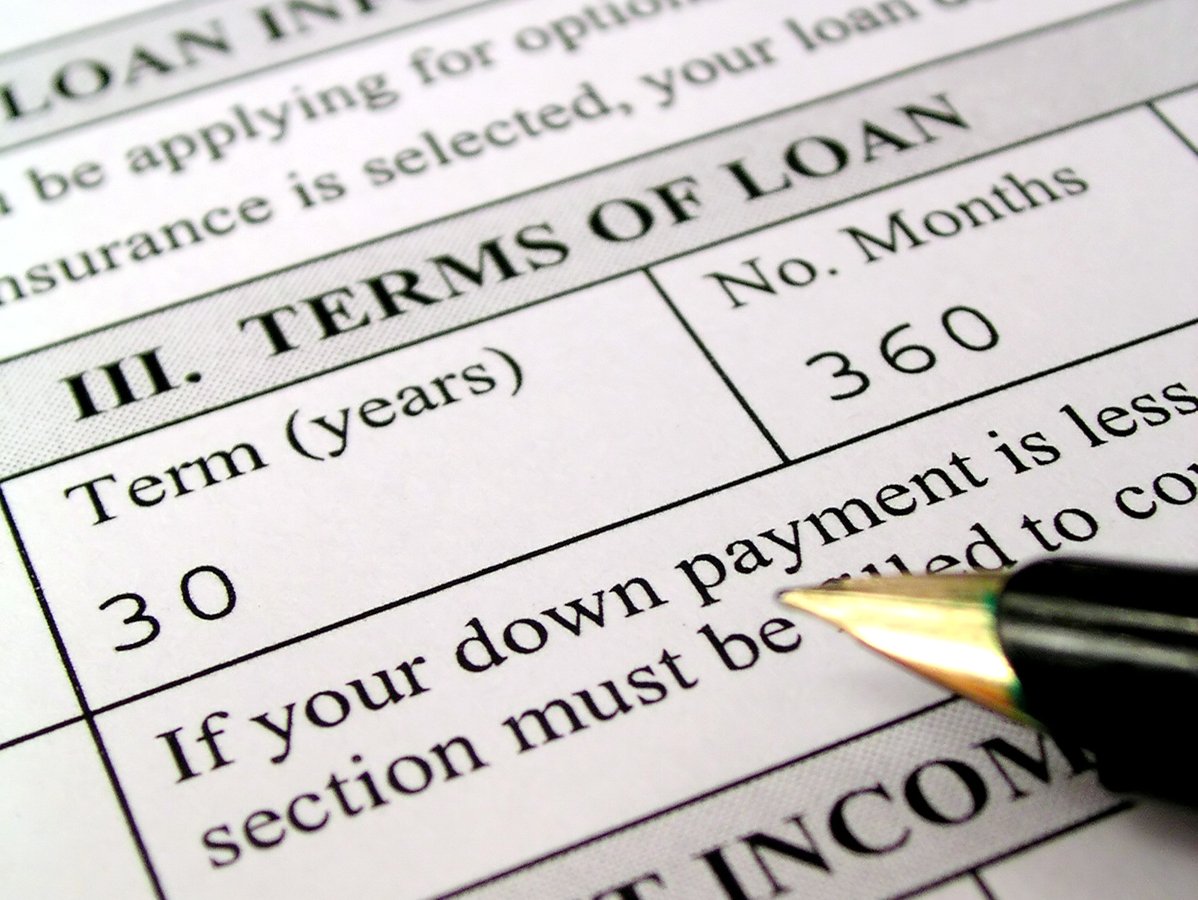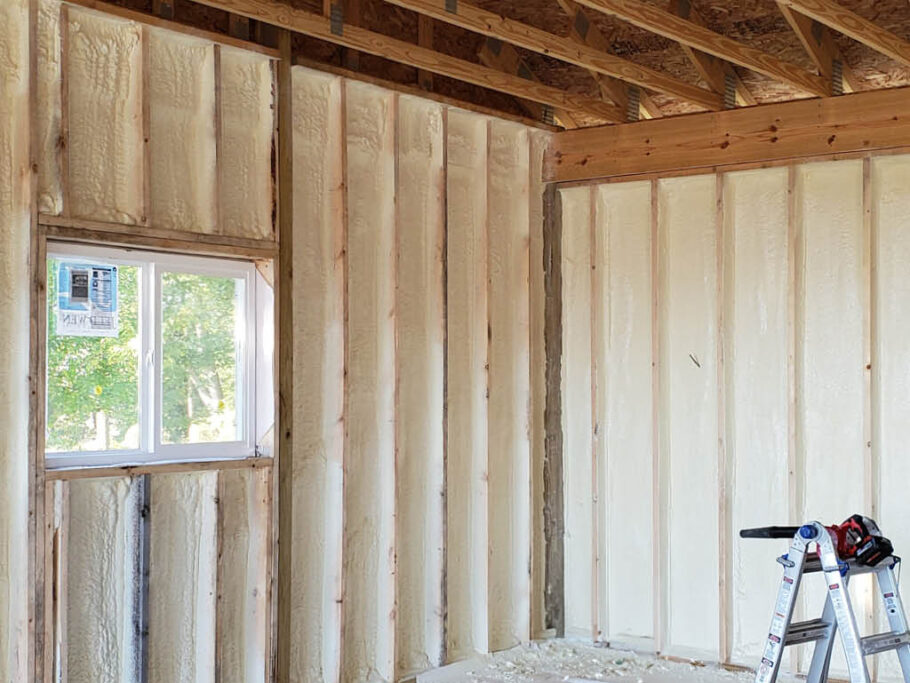What to Expect from the Closing Process
When you watch a show on HGTV where an eager young couple is looking for a home, it usually ends when the offer is accepted. In real life, however, that is only the beginning of the story. The closing or escrow process has its own rules and challenges. By being prepared for each step of the process, you’ll be able to stay calm, cool, and collected—even if the unexpected occurs.
Generally, the closing process takes anywhere from 30–60 days. In the case of a cash transaction, it may take less time to close, since much of the timeline is built around a loan approval. By contrast, in the case of a sale with a home sale or purchase contingency, the closing process can take quite a bit longer.
Most escrow periods will include the following steps, though there may be some variability based on market conditions and the type of mortgage for which you are applying.

Home Inspection
One of the first things that will happen after your offer is accepted is the home inspection. At that time, your inspector will conduct a thorough review of the home’s condition, including systems, appliances, finishes, and structural issues. If he or she identifies potential problems, you may ask for a secondary inspection from a specialist.
You will receive a report after the home inspection, usually within 24 hours. You will then use this to determine whether or not you wish to continue with the transaction, ask for repairs from the homeowners, or plan to make repairs yourself after you move in.
In some low inventory, high demand markets, you may choose an “information only” home inspection at the outset. That way the homeowner knows that you will not be seeking additional repairs based on the inspection report, though you’ll still have the option of exercising your home inspection contingency and discontinuing the purchase in the case of unacceptable structural or system conditions.
Appraisal
The appraisal is designed to reassure both the buyer and lender that the home is worth the price you’re paying. This protects the lender from loaning money that cannot be recouped in the event of a foreclosure. It protects the buyer from making a bad decision and overpaying for a property that will not retain its value.
If the appraisal comes back lower than the purchase price you have already agreed to, you have a number of options:
- You may choose to discontinue the purchase based on the appraisal contingency that was part of your offer.
- You may choose to add your personal funds to the loan in order to make up the shortfall from the lender.
- You may choose to ask the seller to renegotiate based on the lower appraised value.
- You may choose to ask for a reappraisal or provide information to the appraiser to justify the purchase price.
If you choose to add funds to make up the shortfall, check with your lender to ensure that it doesn’t create problems with your loan underwriting.

Loan Underwriting and Approval
During the underwriting phase of your mortgage approval process, you will be required to gather and submit documentation to support your application and facilitate your approval. It is important that you do not take on any new credit or make any major purchase decisions during this time, as a significant change to your financial or employment situation could result in a denial of your mortgage loan.
In addition, your loan officer may ask for repair receipts, proof of homeowner’s insurance, and other documentation before the loan receives final approval. All of this is done to ensure that the house is in good condition and properly protected since it is essentially serving as the collateral for the loan.
Homeowner’s Insurance
You will need to obtain a homeowner’s insurance policy before you can close on your house. Check with your current insurance company to see if you can bundle this with your auto or life insurance policy or check with your real estate professional if you need a referral to a reliable insurance agent or company.
Clear to Close
This is the indication that your loan has received final approval and that you are now able to schedule your closing. Once you have received the clear to close, you will also find out how much money you need to bring to the closing table and how you will provide that money, whether through a certified check or a wire transfer.
Remember to communicate directly with your real estate professional in order to ensure that any wiring instructions you receive are legitimate. Hackers frequently access emails regarding home sales and send fraudulent wiring instructions. It is essential to exercise caution during this process and double-check any unexpected communication that you receive.

Final Walkthrough
Either the day before closing or earlier on closing day you will walk through your soon-to-be new home with your real estate agent or broker. At that time you will check to ensure that the house is in the same condition as agreed upon in your sales contract and that any negotiated repairs have been properly completed.
Should you find that there is damage to the home or that repairs have not been completed, you can still negotiate to have funds withheld at closing from the sellers in order to complete these items. Alternatively, the sellers can pre-schedule and pre-pay a contractor or repair professional of your choosing in order to ensure that the repairs will be completed after closing.

Closing Day
While closing day is exciting, you will probably find that it is a surprisingly relaxing part of the process. You may meet in the office of a real estate attorney or title company, or you may gather with your real estate agent, lender, and title office or attorney at your home. You may or may not close at the same time as the sellers— often they close earlier the same day or the previous day.
If for some reason you are unable to attend the closing in person, you may designate a proxy to sign for you. In some cases, you can conduct a remote closing, with documents sent to you, signed in front of a notary public, then returned via overnight courier.
































